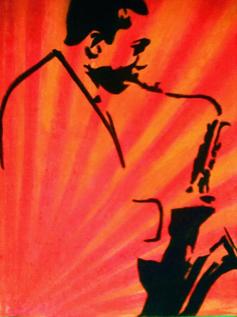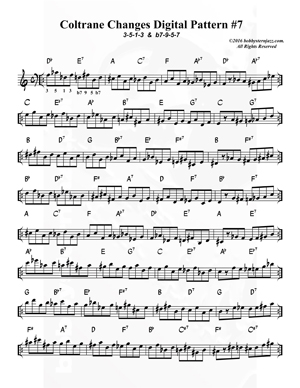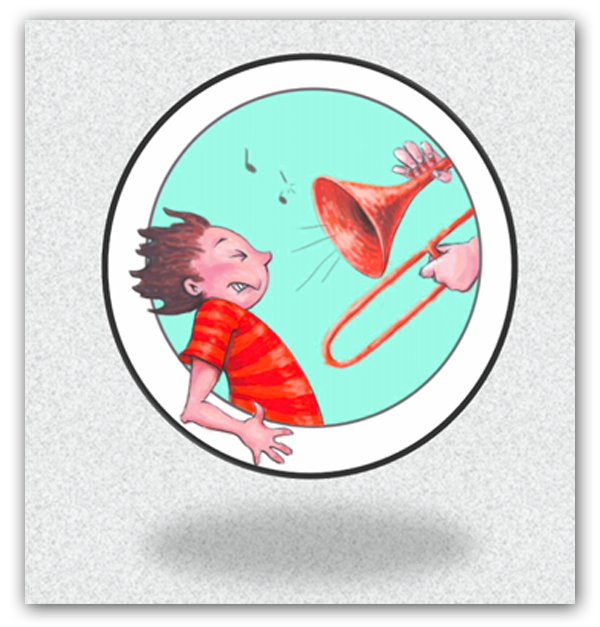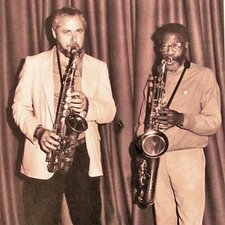'Trane Changing Tracks - Rhythmic Variety

As mentioned previously in these pages, 'Trane used these four note digital groupings, played in eighth notes, to better negotiate the rapid tempi of several of his classic originals (Giant Steps, Countdown, Satellite, etc), which were based on the descending Maj. 3rd Cycle.
'Trane had an arsenal of these groupings, many of them variations of simple 1235 on Maj. chords (C-D-E-G on C Maj) and b7123 on dominant chords (Db-Eb-F-G on Eb7), as classic examples.
While playing the line in this exercise- or any line, for that matter - in constant eighth notes can be great for practicing, it can quickly get tiring and monotonous if done in a real world performance situation.
Rhythmic variety and balance is the ingredient that gives all the other ingredients their dimension.
Below are examples of how one could simply add rhythmic variety to line #1 of this exercise, without changing the melodic content.
Rhythmic motion, tension and release can be obtained by employing rests, by omitting selected notes, and by moving remaining notes so that they fall and accent different parts of the beat, as in Ex. #2.
Ex. #1
Ex. #2.
Ex. #4
These are just a few quick examples, as there are an almost unlimited number of possibilities in general. As an improviser, being able to take a phrase of straight eighth or sixteenth notes and create rhythmic diversity with rests, for example, is an essential skill to develop.
It can make your exercises sound like music and your music sound even more musical.





 RSS Feed
RSS Feed








